“Does he bite?”
I have been asked this question many times by people searching for a new pet to share their life with. It doesn’t matter if they’re interested in acquiring a hamster, a snake, or a dog — I always answer, “They have a mouth, so of course they can bite. How else would they eat?”
I then assure them that the animal they’re curious about is not bloodthirsty, but accidents are possible, and there are always steps the prospective caretakers can take to prevent bites.
Luckily, unlike many rodents and reptiles, our pet dogs can be taught how to safely interact with people using their mouths — something called “bite inhibition.” However, they can only master this skill if a person is willing to help them learn.
We’ll try to help you understand how to teach these lessons to your dog below. We’ll also explain the importance of bite inhibition and some of the dos and don’ts you’ll want to embrace while practicing with your pooch.
Bite Inhibition in Dogs: Key Takeaways
- Puppies naturally use their mouths to interact with their world. We can ensure that they do so gently by teaching them to alter the strength of their bite — something called bite inhibition.
- There are several positive training techniques and games you can use to help teach good bite inhibition. Essentially, you’ll want to praise and reward your pup when he is gentle with his mouth, and audibly react or remove your attention when he bites too hard.
- Aversive techniques — including “dominance-based” training methods like alpha rolls and scruffing — are not helpful. In fact, they may limit your progress and make it hard for your dog to learn.
What Is Bite Inhibition?
We use the term “bite inhibition” to describe how a dog has learned to use his mouth to interact with the world and accomplish tasks.
Most often, the term relates to the jaw power used by the dog while mouthing or biting various objects, other animals, and people.
Since a dog uses his mouth much like we use our hands, teaching dogs to understand how much jaw pressure is appropriate to use in different situations is an exceedingly important lesson.
Learning good bite inhibition can help your dog make and keep friends, and it can prevent him from making painful mistakes and accidentally injuring you or others.
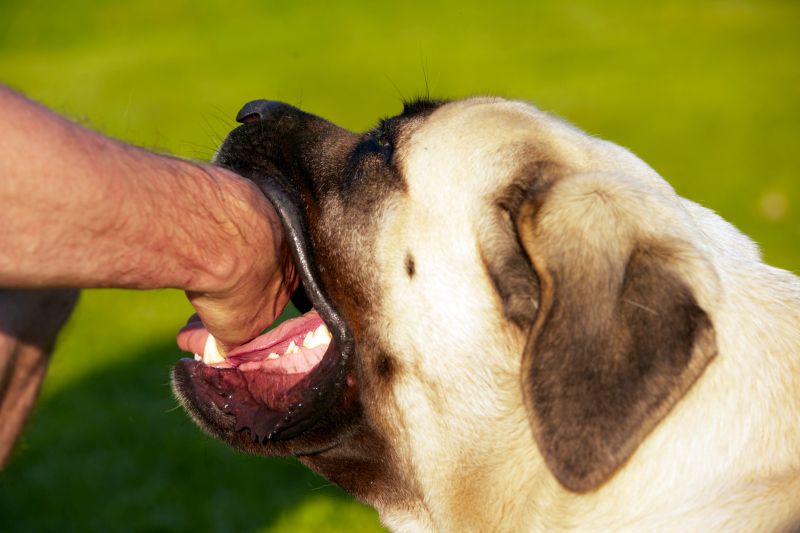
How Do Dogs Normally Learn Bite Inhibition?
Most dogs begin learning bite inhibition when they’re puppies. Their littermates and their mother’s nipples are frequently the only live things that end up in a puppy’s mouth during the first couple of months of life.
Since pups erupt teeth around 3 to 4 weeks of age, this is when most dogs begin to learn how and when to use them. This first set of teeth are quite sharp (as any puppy owner can attest), and they are the only real defense nature has provided to these cute balls of fluff.
If the young pups use their teeth on littermates during play, or they get too enthusiastic while nursing, the nipped companion will often whine, yelp, or give some other auditory indication of displeasure. The mother or bitten sibling will then stop interacting with the offending nipper.
This means that the milk bar gets up and walks away from the biting puppy, or the playmate stops the fun game they were playing by refusing to interact or vacating the area.
As social creatures, dogs often consider being ignored or alone unpleasant.
Trainers call situations like these, in which a pooch loses access to something he likes as a result of his behavior, a “negative punishment.”
Puppies raised with their mom and siblings have usually learned the beginnings of bite inhibition by the time they are relocated to a new human family.
But pups raised with no siblings or mother have not been able to try out their jaws and fresh set of teeth on thick-skinned canine companions. This means they usually do not know when and how to use their mouths appropriately.
Pups that are taken home after they’re 8 weeks old have had many more chances to practice their bite inhibition than those who go to new homes at a younger age.
Why Is Bite Inhibition Such an Important Skill?
Dogs who have not learned how to inhibit their bites are less pleasant to be around, and they can potentially be more dangerous when stressed or scared.
Understand that biting and mouthing are normal behaviors for young pups, and they’re no cause for concern. In fact, if I met a young pup that didn’t attempt to use his mouth to play with me I’d wonder if something was wrong.
But hard bites can change the course of a dog’s life, or even end it.
Bite inhibition training won’t change a dog’s ability to use his mouth for normal tasks, but it will help him figure out how much jaw power is acceptable when interacting with people.
And this is important as dogs naturally use their mouths to interact with their world.
Some common examples during which poor bite inhibition can cause problems include:
- When we engage in playtime with our dog
- When we give the dog treats by hand
- When our pets receive health care
Teaching Bite Inhibition: The Basics
Now that you understand the importance of bite inhibition, you’re ready to start teaching your dog the skill.
Luckily for us, dogs are capable of learning bite inhibition no matter how old they are or what experiences have shaped them.
Initially, it is best to focus on teaching your dog to be gentle while mouthing you.
This way, if your dog finds himself in a situation when he feels the need to bite, he will already have learned how to temper his bite strength and will be less likely to do much damage to human skin.
The best way to teach your dog to be gentle near your fingers is to practice bite inhibition during your playful everyday interactions.
You’ll want to start doing this as soon as you bring your dog home.
You can encourage mouth contact that is slowly but progressively gentler by:
- Letting him know when he’s biting too hard
- Praising him when he’s improving
- Managing his mouthiness with a wide variety of soft dog toys
Once your dog has learned how to use his mouth gently during their interactions with you, continue to reward play that includes less mouth contact.
Continue to do so until it happens as infrequently as you’d like, or you’ve shaped the biting into another behavior, like licking.
You can also increase mouth control with other objects by teaching and practicing exercises using cues (such as “Leave It,” “Take It,” and “Drop It”) in your daily training sessions.
How to Teach Puppies Bite Inhibition: Where to Start
Puppies are frequently the age group that people are most concerned about when bite inhibition training is considered, since they have had relatively little practice learning to inhibit their bites with people.
Also, puppy teeth are like tiny razors and it hurts a lot when they nip us!
Since puppies spend all their time either adorably asleep or acting like toothy dervishes of energy while awake, here is a good training sequence to follow to help reduce your puppy’s painful nipping:
1. Keep soft toys everywhere.
Your puppy wants to play with you, and he will not travel all the way down the hallway to select a toy from his toy box.
So, having a variety of soft toys readily available in every room is a great place to start.
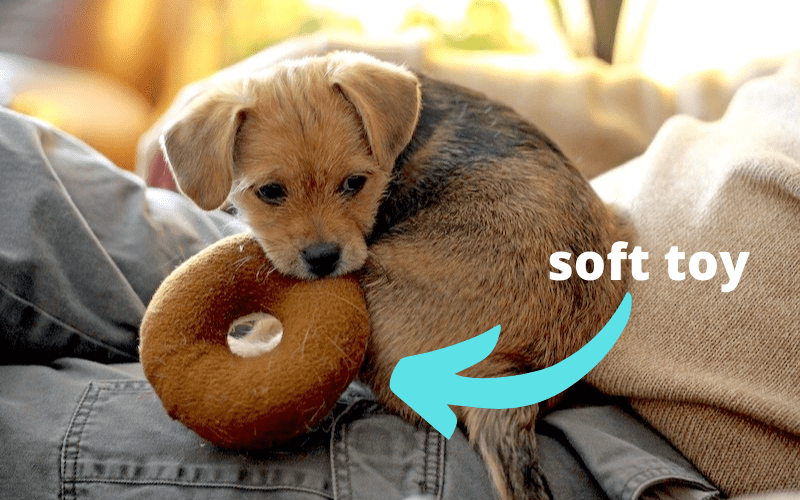
Be sure to rotate the toys through different rooms, and have one inaccessible toy box as part of the rotation — when you make those toys available again, they will have the same exciting novelty as completely new ones!
When your pup is excitedly flying your way looking like he’s all teeth, catch his mouth on a toy. If need be, keep grabbing a different toy to offer each time your pooch spits one out.
2. As soon as you feel pain, audibly react.
Let your pup know he’s biting too hard by audibly reacting once he bites too hard. Some people like to yip or whine, some like to say “Ouch!”, and others prefer “Oooooh!” in a softer, pouty tone.
If your pup noticed your auditory reaction and has stopped doing anything uncomfortable, resume the game or switch toys.
Helping him focus on the good decisions he makes in the moment by rewarding a preferred change of behavior immediately is a powerful training tool.
Unfortunately, if your pup is too tired or over-aroused, he may not respond to this auditory cue.
The audible reaction doesn’t work for all dogs, so if this doesn’t pause your dog’s mouthing (or heck – in some cases – even boosts your dogs mouthing due to his excitement and belief that you have become a human squeaky toy) just skip to the next step.
Be sure to choose one auditory marker and keep it consistent for you and your whole household, as well as visitors. Your pup barely understands dog communication, so he is certainly not going to have much success interpreting a bunch of synonyms.
3. Stop playing if your pup doesn’t get the idea.
If your audible cue doesn’t have the desired effect of reducing the intensity of the mouthing, you may need to give your pup a little time to cool down.
Start by dropping your gaze and remove all of your attention and affection for up to 30 seconds. If he continues to nip, calmly and quietly step over a gate, or walk through a door and shut it behind you.
He’s now learned that nipping means the end of playtime.

Pitfalls and Solutions: Overcoming Common Bite Inhibition Problems
Unfortunately, dog training doesn’t always work as quickly as we’d like. And since every dog is an individual, each one may require a unique training formula.
Fortunately, trainers have developed a number of helpful solutions to common challenges and setbacks.
Tweak Your Auditory Marker
For example, if your puppy shows a tendency to get over aroused and go into a nipping frenzy during play, experiment with making your auditory pain marker quieter.
Some dogs get more excited by loud or high-pitched noises, which will not help them calm down enough to enter their mental “learning zone,” or think about how hard they’re nipping.
In such cases, a consistent, relatively quiet auditory marker may work much better.
Use Tools to Prevent Nipping
Leaving a short drag leash attached to your pup’s collar may be helpful when teaching bite inhibition. By keeping your pooch attached to a short leash, you’ll be able to move him away if he gets too nippy.
Similarly, playing in a confined area (like an x-pen) or using a tether during play sessions can help you move out of the range of your pup’s choppers faster and give him a more effective cool-down period.
Training “Techniques” that Don’t Work: Common Mistakes and Missteps
You may have heard of some other “tried & true” methods that “work great” to get your puppy to stop biting you (or to do so more gently).
However, teaching bite inhibition should never involve aversive experiences any harsher than short time-outs and the removal of your attention.
This means always avoiding techniques like:
- Alpha-rolling
- Scruffing
- Holding your dog’s mouth shut
- Gripping your dog’s gums uncomfortably
- Hitting your pooch
- Biting your dog in retaliation
- Spraying your dog with water
- Scolding or yelling at your dog
These types of actions are not recommended during training sessions, because they are “strong aversives” that are likely to cause fear or pain.
They certainly don’t teach your puppy how to make good choices that will result in behaviors you prefer.
Training techniques like these break down the trust that your puppy has in you.
And this is important because frightened dogs cannot learn well — though they may try to avoid people and situations that remind them of their fear.
Since your puppy just met you, forming a trusting, loving bond with him should be the main goal of all your interactions.
By contrast, positive-reinforcement training will help your puppy learn faster, as he won’t have become afraid of you or try to understand scary training experiences before he can begin to trust you.
“Catching” Your Dog’s Good Behaviors: Another Helpful Trick for Teaching Bite Inhibition
The best way to let your puppy know that he is making good choices is to make great things happen (or continue to happen) when he’s doing what you want him to do.
For example, if your dog has begun to mouth you gently, or he is playing with you in a way that does not involve his mouth on you, help him focus on his successes by using a clicker and training treats.
“Catching” good behavior, by clicking your clicker when the behavior happens naturally (without giving your dog a cue or command) and quickly giving him a tiny and tasty treat is a wonderful way to let your pup know that you noticed he is doing a good job.
“Catching” his behavior in this manner also helps him focus on his successes, so he can repeat those behaviors in the future.
By “catching” good behavior, your pooch’s bite inhibition training will speed up, and you can hone your clicker training skills at the same time when you bring tangible, tasty rewards into your game.
Just remember: If your pup is doing something right, he isn’t doing something wrong!
“Catching” works wonderfully while teaching bite inhibition, and it will also help improve any other behavior you’d like to change. Keep implementing this technique when you see behaviors you like, and soon there won’t be any bad behaviors left.
Dogs Who Nip when Taking Treats: What Do You Do?
Many dogs are thrilled when being offered treats, which can cause them to “miss” and nip our hand instead. Fortunately, there are ways to address this issue too, as well as methods for teaching a dog to take treats gently.
For example, offering treats from your flat palm rather than pinched between a few fingers can help. But, some dogs still get too excited about consuming the snack and continue to nip you occasionally anyway.
You don’t want to reinforce this nipping by immediately giving your dog the treat, so practicing “Too Bad/Take It” is good for pups and dogs of any age.
To play “Too Bad/Take It”, follow the steps below:
- When giving your dog a treat, close the treat inside your fist and say “Too Bad” anytime you feel your dog’s teeth.
- If your dog continues to bite, mouth, or paw at your fist, wait patiently and quietly for him to grow bored and stop, or glance away from your hand.
- Once he’s waiting patiently, open your fist as you say “Take It!” Make sure the treat is on a flat palm or drop the treat on the floor so your pooch doesn’t nip or mouth your hand again as he reaches for the treat.
What About Particularly Mouthy Pups?
Some pups seem to be particularly mouth-focused, and one way to help them scratch this itch is by giving them safe, age-appropriate natural chews, puppy teething toys, or frozen toys while they’re enjoying quiet time in a crate or safe space.
Chewing action can calm a puppy down, and using these types of chews will help build positive associations with a puppy’s crate or safe space. Trying a variety of chews and toys to find out what your dog likes and will chew on for a while is a good idea.
KONG toys, for example, are treat-holding toys that are typically considered safe for solo-chewing time (although you should always supervise your dog when enjoying a new toy for the first few times to ensure he won’t tear it apart or try to consume it).
Chewing is a naturally stress-relieving behavior for dogs, so exploring a variety of chew objects for your dog until he finds things he loves is worth the effort.
Teaching Bite Inhibition: An Activity for the Whole Family
Your dog will learn the fastest if all the people who interact with him participate in the training process.
If you have kiddos, start teaching them some kid-friendly dog training techniques to get them more comfortable with your pup and teach the basics of dog body language.
Just understand that some members of your family may not be ready to manage or train the pup with you. That’s fine — only those people who want to participate in the training process should pitch in.
Also, keep safety in mind: Puppies who have not learned bite inhibition yet (and all dogs, throughout their life) need to be supervised closely while interacting with children.
Kids will not understand why the cute ball of fluff would want to bite or hurt them, and scary experiences like being nipped can damage the growing friendship between your pup and your child.
Teach your kids to always carry a soft toy when playing with the pup and that they should stand like a tree (no running or screaming) if the puppy is hurrying their way.
This will often give an adult enough time to arrive on the scene and manage the situation safely.
Once again, consistency while training puppies and dogs is key: If everyone who interacts with the pup helps train him by following these rules, the pup will learn a great deal faster.
Don’t Go It Alone — Know When to Seek Professional Help
Let’s say you’re utilizing the techniques listed in this article, but your dog is still very nippy, or perhaps the biting is increasing in strength and duration rather than lessening.
At what point is it a good idea to search for outside help?
Every situation is different and you have to rely on your own judgment, but dogs who can be defined by the following may benefit from professional help:
- More than 5 months old
- Growling with stiff body language and/or a hard stare before attempting to bite
- Biting hard in situations with consistent variables (near the dog’s food bowl, bed, toys or chews; with visitors; or when the dog is touched)
- Biting hard when receiving health care (ear cleaning, nail trimming, or brushing)
- Getting amped up rapidly and being unable to calm down
- Not improving as quickly as you’d prefer
Enlisting the help of a professional force-free trainer is an excellent idea in any of these cases.
Your trainer will be able to talk to you about the concerning behaviors your dog is exhibiting and help you adjust your living environment to manage your dog better.
The trainer can also create a training plan that can speed your dog’s learning and give you more specific activities to work on during your training sessions.
The plan will also help you prioritize and accomplish your training goals while improving your skills as a trainer.
Your dog does not want to make mistakes, or to be “in trouble.” A good trainer will be easy and pleasant for you and your dog to work with and facilitate clearer communication and understanding across the board.
These skills will bring you and your pet closer and allow you to enjoy more safety and happiness throughout your lives together.
***
Teaching bite inhibition to your dog or puppy will be one of the most useful and rewarding behaviors that you work on together, and one of the most regrettable ones to skip.
Knowing that you can count on your dog to deliberately avoid injuring people is a main tenet upon which we base trust in our beloved pet dogs.
Does your dog have good bite inhibition? Have you employed any games or techniques to help instill better mouthing habits in your pooch? Have you worked with a trainer to improve your pup’s bite inhibition?
Share your experiences (and any questions you may have) in the comments below!
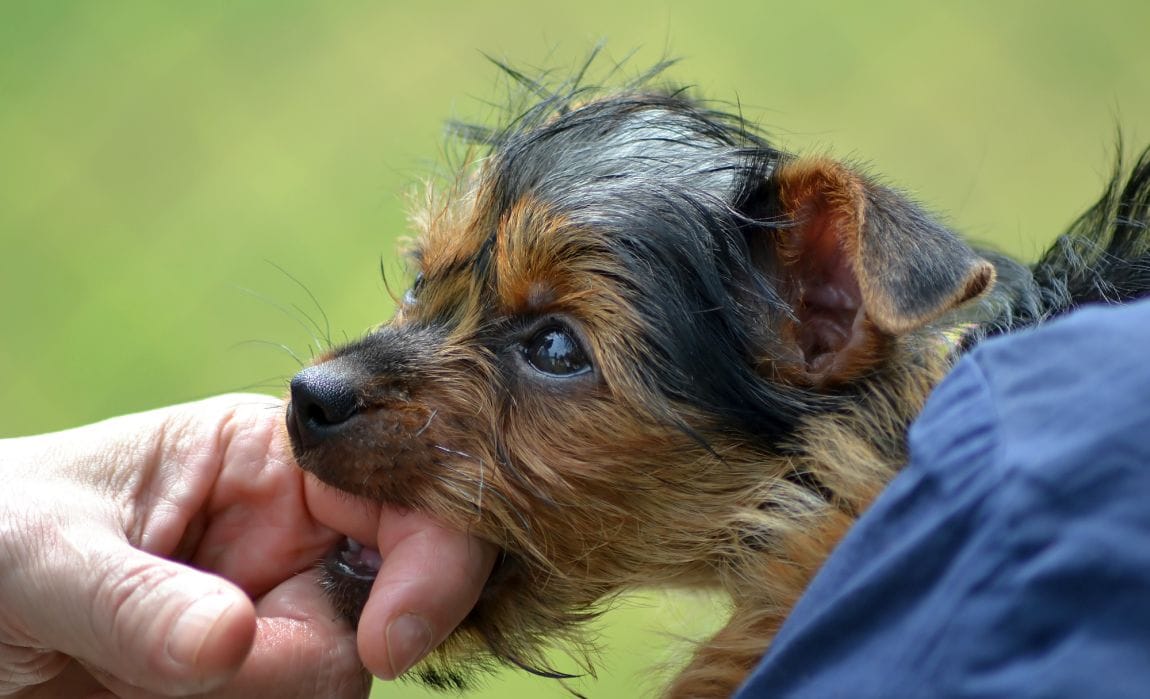

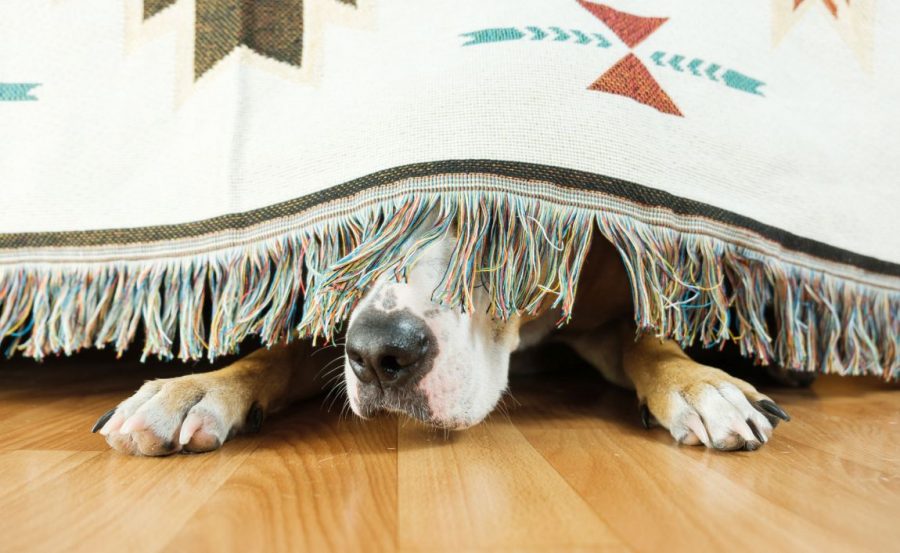


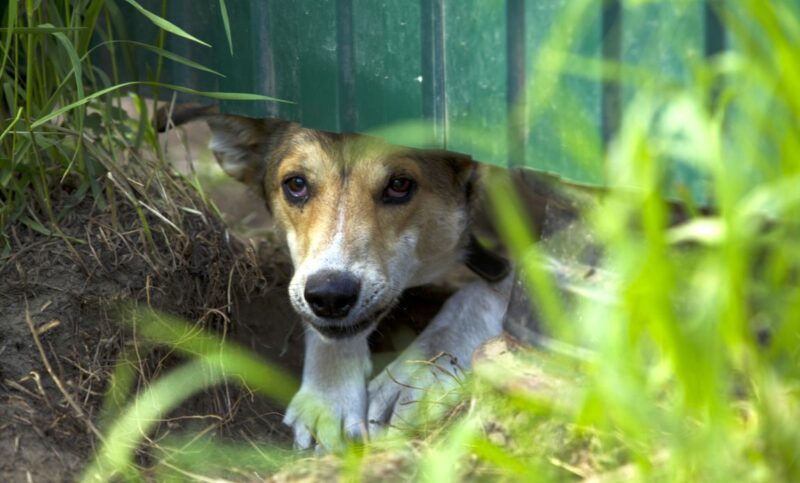
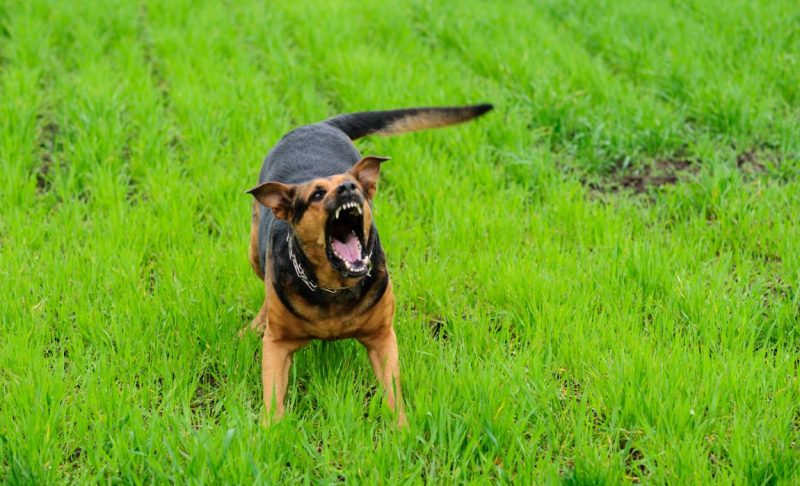
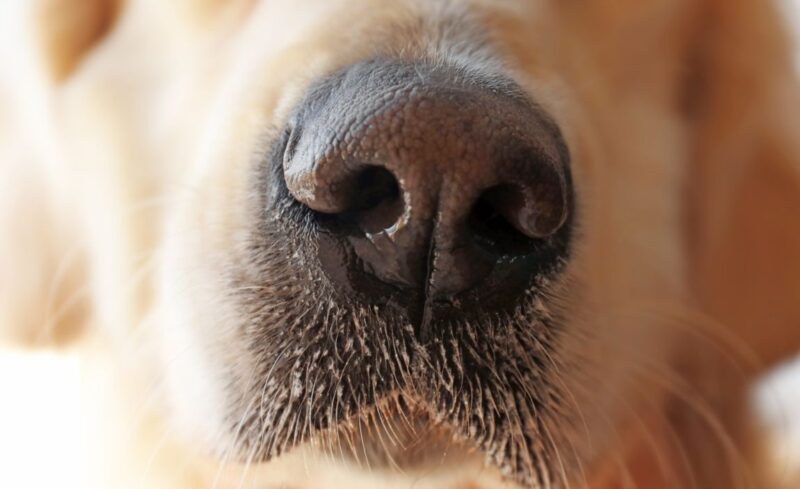
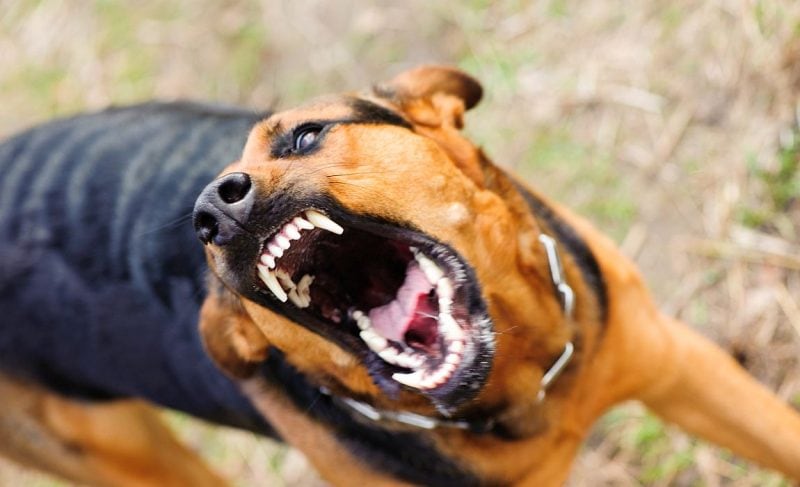
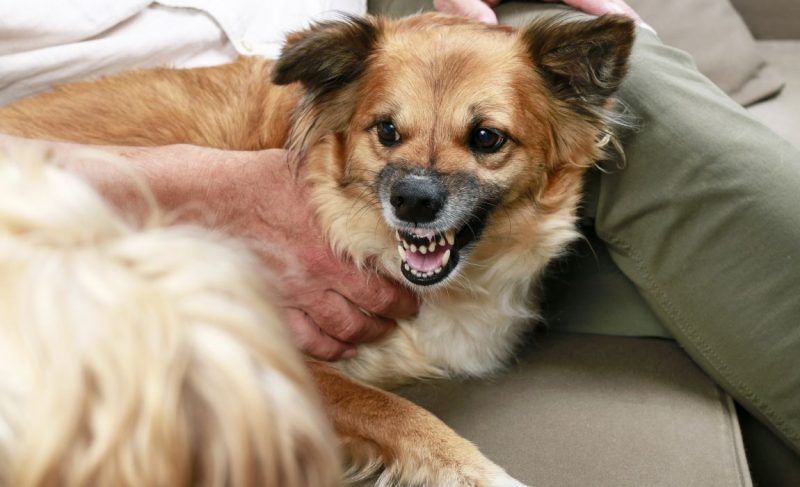
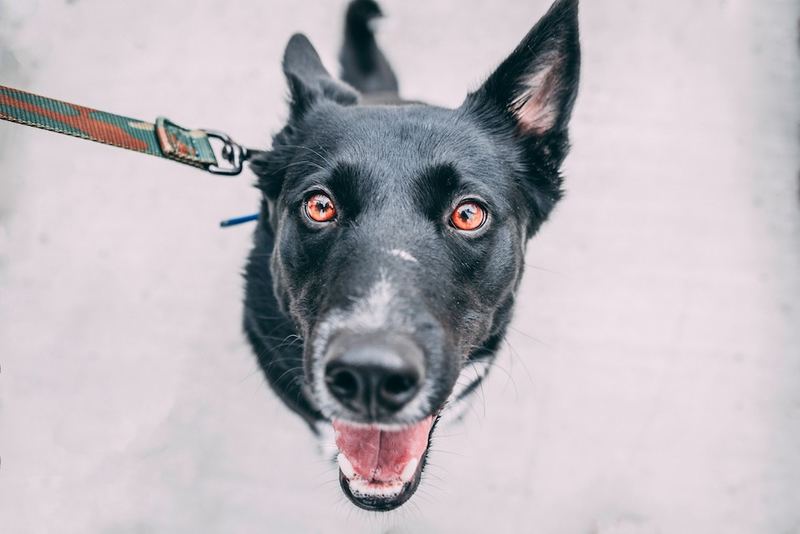
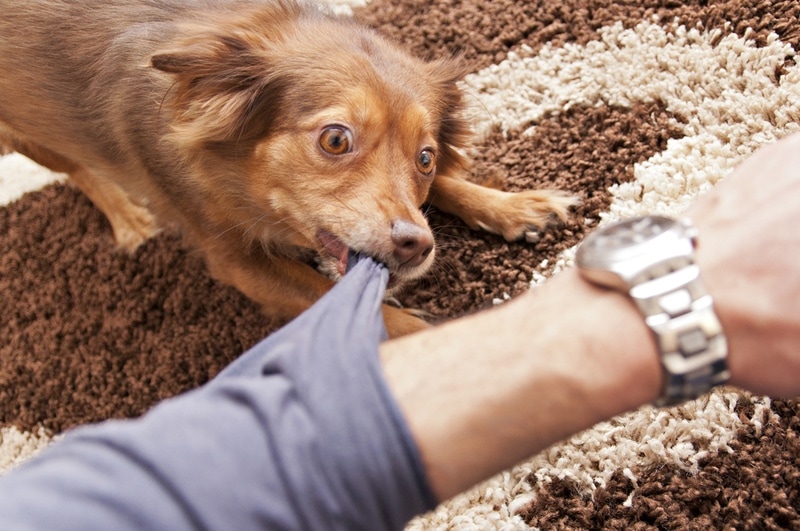

Leave a Comment